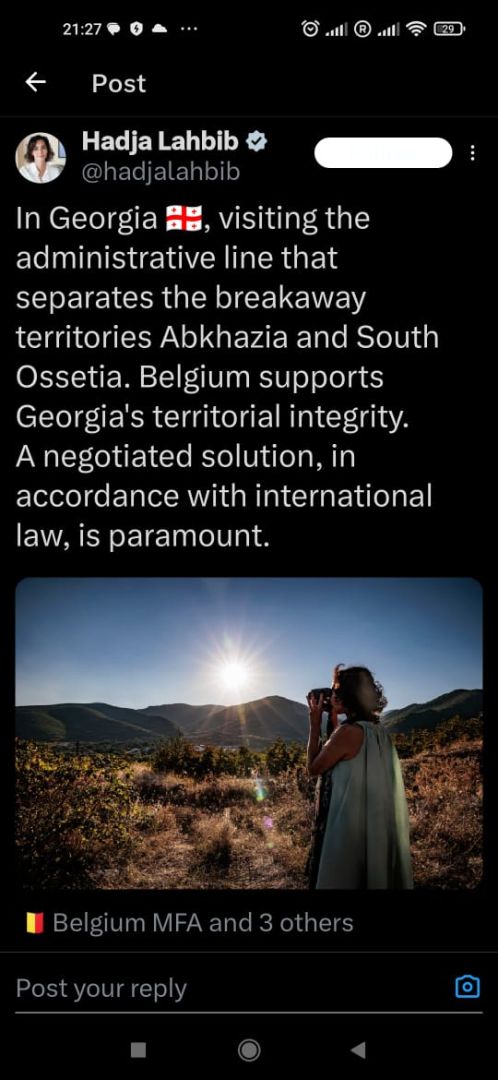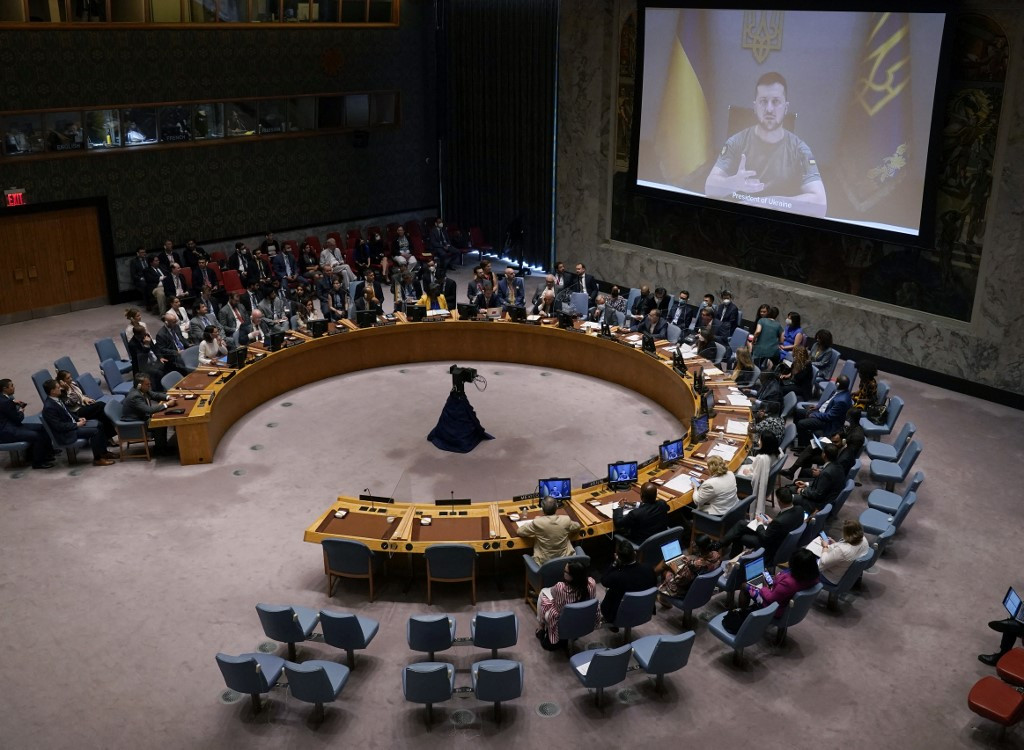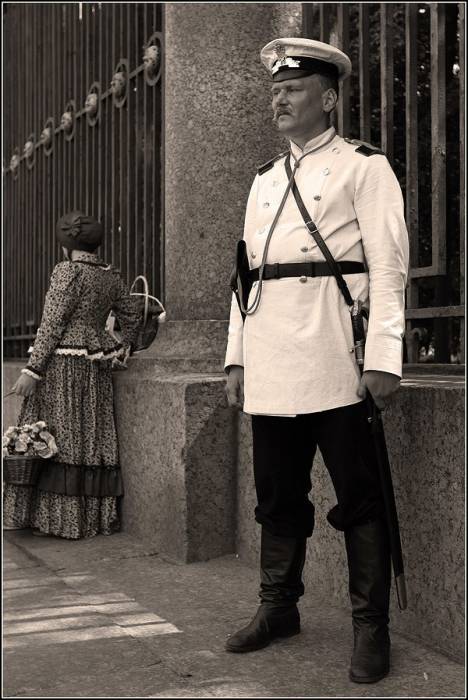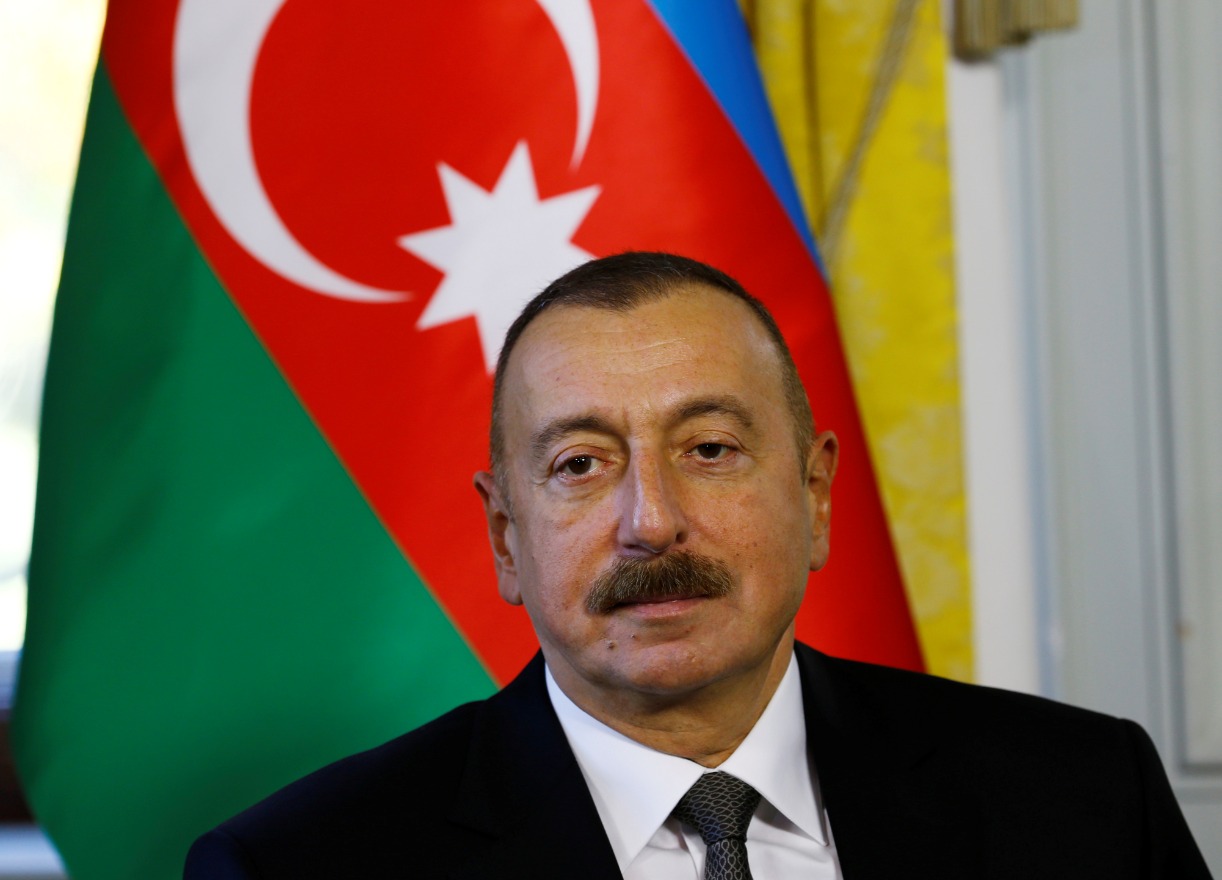
You’re reading an excerpt from the Today’s WorldView newsletter. Sign up to get the rest free, including news from around the globe and interesting ideas and opinions to know, sent to your inbox every weekday.
The firsthand accounts are harrowing. There’s no food on shelves in stores. Children stand for hours in bread lines to help feed their families. Mothers walk for miles in search of cooking oil and other provisions. Electricity, gas and water are in short supply. Ambulances can’t whir into motion for lack of fuel. Clinics report a surge in miscarriages in pregnant women who are malnourished, anemic and consumed by stress.
Such is the apparent state of the isolated and increasingly desperate ethnic Armenian enclave in Nagorno-Karabakh, whose 120,000 people are enduring what local authorities and a host of international experts describe as a blockade at the hands of Azerbaijan, the country within which the territory sits. Armenia and Azerbaijan have fought multiple wars over Nagorno-Karabakh after the collapse of the Soviet Union and the advent of their independent nation-states. Though recognized by the international community as part of Azerbaijan, Nagorno-Karabakh and some areas surrounding it have been governed for decades by a separatist ethnic Armenian entity.
For the entirety of this year, Azerbaijan has restricted movement along the Lachin corridor, the sole route connecting Armenia directly to the enclave, which Armenians refer to as Artsakh. The restrictions intensified this summer, with the International Committee of the Red Cross unable to deliver humanitarian assistance to the region and trucks with hundreds of tons of supplies stranded on the roads. The plight of the afflicted communities led Luis Moreno Ocampo, a former chief prosecutor of the International Criminal Court, to publish an opinion earlier this month determining that the conditions of starvation inflicted on the enclave’s ethnic Armenians was an act of genocide. He cited an article in the Genocide Convention that referred to “deliberately inflicting on the group conditions of life calculated to bring about its physical destruction.”
“The idea of genocide is not just about killing, but about removing people from the land,” Moreno Ocampo told me during a phone call this week. In his report, he wrote: “There are no crematories, and there are no machete attacks. Starvation is the invisible genocide weapon. Without immediate dramatic change, this group of Armenians will be destroyed in a few weeks.”
On Wednesday, the situation was discussed at an emergency session of the United Nations Security Council. Various officials, including U.S. ambassador to the United Nations Linda Thomas-Greenfield, called on Azerbaijan to “restore free movement through the corridor.” Armenian foreign minister Ararat Mirzoyan said the deprivation imposed on the enclave was a form of warfare that would lead to the “ethnic cleansing of the people of Nagorno-Karabakh.”
That sentiment was echoed in Washington by a handful of U.S. lawmakers. “Azerbaijan’s systematic ethnic cleansing of the people of Nagorno-Karabakh through a large-scale and unprovoked invasion is unconscionable,” Sen. Alex Padilla (D-Calif.) told me, referring to the territory seized by Azerbaijan during a lopsided six-week war in 2020 that saw thousands die. “Particularly egregious is their weaponization of the blockade to starve the people of Nagorno-Karabakh and block humanitarian assistance.”
Responding to these charges, Yashar Aliyev, Azerbaijan’s U.N. envoy, described talk of a blockade as “unfounded and groundless allegations” and said his government was subject to an Armenian “campaign” to “manipulate and mislead the international community.” Officials in Baku claim that the restrictions on movement along the Lachin corridor, which is supposed to be administered by Russian peacekeepers, are necessary to stop, among other things, the illicit supply of arms from Armenia into the enclave. They point to the intransigence of the de facto authorities in Nagorno-Karabakh, who have refused the delivery of supplies through an alternate eastern road from Azerbaijan.
“An administration of occupation is blocking the Azerbaijani government’s provision of food and medicine to an Azerbaijani region. Tellingly, nowhere in the Ocampo report is this mentioned,” wrote Hikmet Hajiyev, top foreign affairs adviser to Azerbaijan’s long-ruling President Ilham Aliyev. “Claiming they are under threat while engineering a crisis to galvanize the international community’s support is intended to convince the world that Azerbaijanis and Armenians cannot live together, as we once did.”
With diplomatic corps we are on the entrance of Agdam-Khankandi highway and railway. Only highway’s daily capacity is 17.000 vehicles. Azerbaijan is building roads not walls for reintegration of armenian residents of Karabakh but they put road blocks and barriers. pic.twitter.com/P3v3J59Fxv
— Hikmet Hajiyev (@HikmetHajiyev) August 16, 2023
The impasse reflects the profound gulf between the two sides. Some analysts believe that Azerbaijan, wealthier and reinforced by Turkish and Israeli arms, is pressing its considerable advantage with the world distracted by the war in Ukraine to apply intolerable pressure on the separatist enclave in its midst. Armenia and Azerbaijan have been locked in rounds of negotiations over a lasting peace settlement that would normalize ties and find an acceptable accommodation over the status of Nagorno-Karabakh.
But the current crisis has highlighted the existential fears and deep-seated enmities felt on both sides. As Armenians around the world raised the alarm over the plight of blockaded Nagorno-Karabakh, Azerbaijani media focused on the discovery of a mass grave of Azerbaijani people in the city of Shusha, dating back to the battles of the 1990s and the area’s occupation by ethnic Armenian forces. The city was “liberated” by Azerbaijan in the brief 2020 war, which saw Baku’s forces seize significant swaths of territory captured by Armenian troops in the earlier phase of the conflict.
Now, some ethnic Armenians who fled Shusha — known to Armenians as Shushi — in 2020 find themselves in even more dire straits. One of those is Alvina Nersesyan, a resident of the enclave and mother, who briefed reporters on a virtual call organized by Armenian officials on Thursday. She described the “fearful” bread lines in Stepanakert, the enclave’s de facto capital, known in Azerbaijan as Khankendi, and lamented that she doesn’t “even say the words for sweets anymore,” lest she upset her deprived children who are “too small to understand the situation.”
The immediate hardships are recognized by diplomats elsewhere. “Access to food, medicine, baby formula and energy should never be held hostage,” Thomas-Greenfield said Wednesday. “We urge the government of Azerbaijan to restore free movement through the corridor.”
“U.S. officials believe that Armenians in Nagorno-Karabakh are managing to survive only because of backyard gardens and other home-produced food,” wrote Post columnist David Ignatius. “They fear that within two months, as winter approaches, the population could face starvation. Armenians dread a repetition of the Ottoman genocide of 1915, an ever-present historical memory for Armenians around the world.”
Moreno Ocampo summoned that deep, bitter history, noting that hundreds of thousands of Armenians who perished more than a century ago were driven from their homes by Ottoman forces and left to die of hunger. “Starvation was the weapon of the genocide in 1915 and now Azerbaijan is using starvation against Armenians,” he told me. “It’s tragic but history is repeating, and that’s why humanity has to react.”
The post Armenians see a new genocide taking place. Azerbaijan sees propaganda. first appeared on The News And Times – thenewsandtimes.com.












